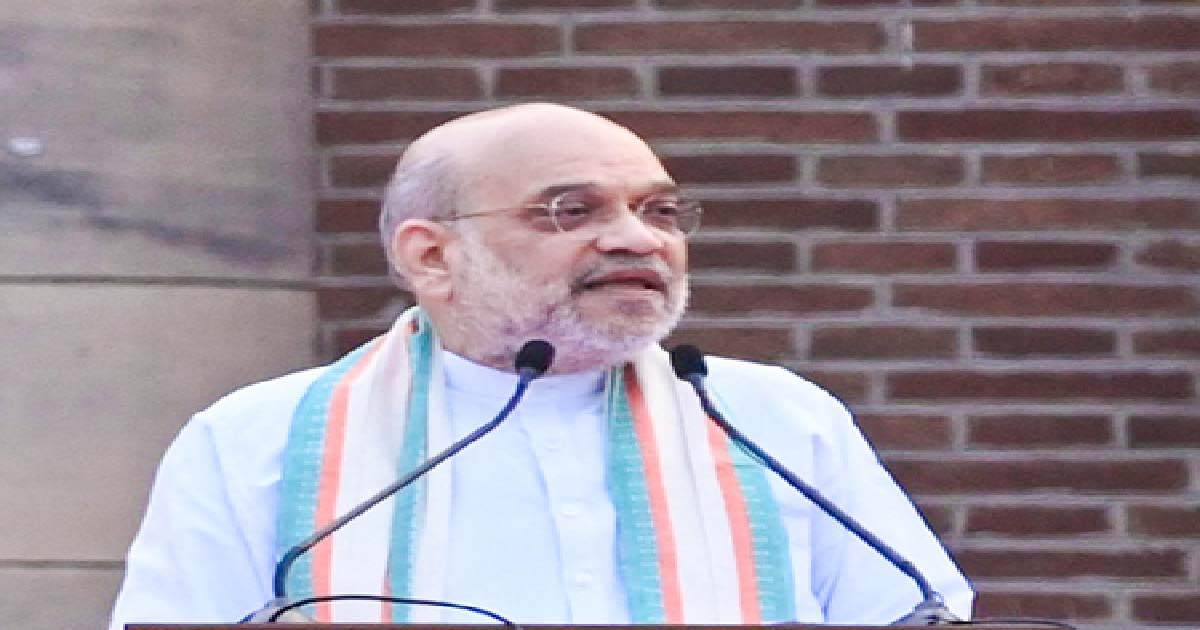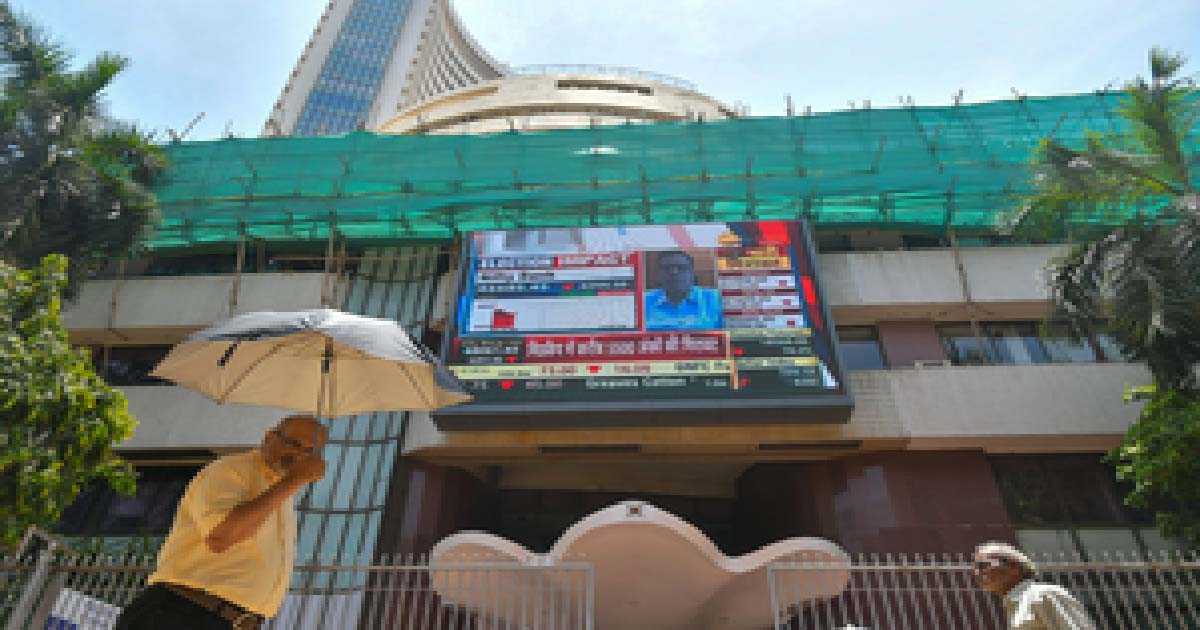Business
Job opportunities in EV sector growing, women climbing to the top: Study

The Indian electric vehicle (EV) sector is witnessing a 108 per cent employment growth over the last two years and Bengaluru leads in the talent location, finds a survey.
As per the survey done by the recruitment and staffing company CIEL HR Services, metro cities are witnessing large participation in the EV segment.
And Bengaluru is the hottest location for EV talent with 62 per cent of job postings in this region, followed by 12 per cent in Delhi, nine per cent in Pune, six per cent in Coimbatore and three per cent in Chennai, the survey notes.
According to the study, there has been a significant employment growth and the average growth in employee numbers stands at a whopping 108 per cent over the last two years.
The survey titled ‘Latest Employment Trends in EV Sector 2022’ was conducted for an employee base of 15,700 spread over 52 companies.
It revealed that the engineering function dominates the EV sector, followed by operation, sales, quality assurance, business development, IT, human resource and marketing.
Leading EV players have hired 2,236 employees over the last six months.
Women, who have their presence in almost all the sectors across India, are climbing their way up in the EV segment. Different EV companies like Kinetic Green, Mahindra Electric Mobility, Convergence Energy Services Limited, OBEN Electric Vehicle and Ampere Vehicles have women in top management positions, CIEL HR said.
Commenting on the findings, Aditya Narayan Mishra, CEO said, “We have always been working towards understanding hiring strategies, employer demands and workplace trends across different industries from across India. The insights from the study will help companies in strategic decision making related to the Talent Ecosystem.”
Business
HM Amit Shah congratulates Amul, IFFCO for landmark achievement among world cooperatives

New Delhi, Nov 5: It is a testament to the boundless potential of the cooperatives, Union Home Minister and Minister of Cooperation, Amit Shah, congratulated daily giant Amul and Indian Farmers Fertiliser Cooperative Limited (IFFCO) for occupying the first two ranks among the top 10 cooperatives in the world.
In a landmark achievement for India’s cooperative sector, two of India’s leading cooperatives, Amul and IFFCO, have secured the first and second ranks in the global ranking for cooperatives, respectively.
In a post on X social media platform, HM Shah said, “A proud moment for Bharat! Heartiest congratulations to Amul and IFFCO for occupying the first two ranks among the top ten cooperatives in the world”.
“It is an honour to the tireless dedication of millions of women associated with Amul and farmers contributing to the IFFCO. It is also a testament to the boundless potential of the cooperatives, which is being transformed into a global model of empowerment and self-reliance by Prime Minister Narendra Modi,” HM Shah posted.
Meanwhile, the India’s dairy sector is the backbone of rural livelihoods and a symbol of inclusive growth. As the largest milk producer in the world, India has combined farmer-led cooperatives, women’s participation and scientific practices to achieve remarkable progress.
Notably, while safeguarding existing gains, there is continued support to the sector through subsidies, credit facilities, R&D in fodder and animal health, among others, to ensure India’s dairy sector remains resilient, inclusive, and capable of meeting future domestic and international demand.
Moreover, the National Co-operative Exports Limited (NCEL), set up by the Government in 2023, has achieved the impressive milestone of exporting Rs 5,403.01 crore worth of agricultural commodities, including rice, fresh red onion, sugar, baby food, processed food, spices and tea.
Also, NCEL has been promoted by five leading co-operatives — Indian Farmers Fertiliser Co-operative Limited (IFFCO), Krishak Bharati Co-operative Limited (KRIBHCO), National Agricultural Co-operative Marketing Federation of India Limited (NAFED), Gujarat Co-operative Milk Marketing Federation (GCMMF–Amul) and the National Co-operative Development Corporation (NCDC).
Business
Indian stock markets closed on Nov 5 for Guru Nanak Jayanti; trade to resume tomorrow

Mumbai, Nov 5: The Bombay Stock Exchange (BSE) and the National Stock Exchange (NSE) remained closed on Wednesday on account of Prakash Gurpurb Sri Guru Nanak Dev, also known as Guru Nanak Jayanti.
Trading across segments, including equities, derivatives, securities lending and borrowing (SLBs), currency derivatives, and interest rate derivatives, stayed shut for the day.
The commodity derivatives market was also closed in the morning session between 9 am and 5 pm but will open for the evening session from 5 pm to 11:30/11:55 pm.
Regular trading on both exchanges will resume on Thursday (November 6).
On Tuesday, Indian stock markets ended lower, with the Nifty slipping below the 25,600 mark amid broad-based selling pressure.
The Sensex fell 519.34 points, or 0.62 per cent, to close at 83,459.15, while the Nifty dropped 165.70 points, or 0.64 per cent, to end at 25,597.65.
The BSE Midcap index declined 0.2 per cent, and the Smallcap index fell 0.7 per cent.
Among major Nifty stocks, Power Grid Corp, Coal India, Tata Motors Passenger Vehicles, Bajaj Auto, and Eternal were the top losers.
On the other hand, Titan Company, Bharti Airtel, Bajaj Finance, HDFC Life, and M&M gained during the session.
Barring telecom and consumer durable sectors, all other indices ended in the red. IT, auto, FMCG, metal, power, realty, and PSU indices slipped between 0.5 to 1 per cent.
Market analysts said that the Nifty has retested its 20-day exponential moving average (EMA). A sustained move below this level could weaken the positive sentiment and extend the correction toward 25,400.
“On the higher side, 25,800 is likely to act as an immediate resistance level. Traders have been advised to remain cautious and focus on risk management until a clear market direction emerges,” experts said.
Business
Indian Hotels clocks 48.6 pc drop in Q2 net profit to Rs 285 crore

Mumbai, Nov 4: Tata Group’s hospitality arm, Indian Hotels Company Limited (IHCL), on Tuesday reported a 48.6 per cent year-on-year (YoY) drop in net profit to Rs 285 crore for the quarter ended September 2025 (Q2 FY26).
The company had posted a profit of Rs 555 crore in the same quarter last financial year (Q2 FY25), according to its stock exchange filing.
Despite the fall in profit, IHCL’s revenue from operations rose 11.8 per cent to Rs 2,040.8 crore, compared with Rs 1,826 crore in the corresponding period of the previous financial year.
The company’s EBITDA (earnings before interest, tax, depreciation, and amortisation) also showed improvement, rising 14.2 per cent year-on-year (YoY) to Rs 572 crore from Rs 501 crore a year ago.
The EBITDA margin improved slightly to 28 per cent, compared with 27.4 per cent in the same quarter last financial year.
On the market front, IHCL shares ended at Rs 743.75 on the BSE, down Rs 3.30 or 0.44 per cent on Tuesday.
Over the last five days, the stock gained Rs 2.35 or 0.32 per cent, while in the past month, it rose Rs 20.65 or 2.85 per cent.
However, over a longer period, the stock has faced some pressure. In the last six months, IHCL shares fell Rs 57.60 or 7.18 per cent, and on a year-to-date (YTD) basis, they are down Rs 129.40 or 14.81 per cent.
Still, over the past one year, the stock has gained Rs 77.65 or 11.65 per cent.
The Indian Hotels Company Limited (IHCL) is South Asia’s biggest hospitality group. It was founded in 1903 by Jamsetji Tata, who started it with the opening of The Taj Mahal Palace in Mumbai.
The company is best known for its Taj hotels and its unique culture called “Tajness,” which combines Indian tradition with modern hospitality.
Today, IHCL runs more than 550 hotels across four continents and focuses on being both innovative and sustainable.
-

 Crime3 years ago
Crime3 years agoClass 10 student jumps to death in Jaipur
-

 Maharashtra1 year ago
Maharashtra1 year agoMumbai Local Train Update: Central Railway’s New Timetable Comes Into Effect; Check Full List Of Revised Timings & Stations
-

 Maharashtra1 year ago
Maharashtra1 year agoMumbai To Go Toll-Free Tonight! Maharashtra Govt Announces Complete Toll Waiver For Light Motor Vehicles At All 5 Entry Points Of City
-

 Maharashtra1 year ago
Maharashtra1 year agoFalse photo of Imtiaz Jaleel’s rally, exposing the fooling conspiracy
-

 National News1 year ago
National News1 year agoMinistry of Railways rolls out Special Drive 4.0 with focus on digitisation, cleanliness, inclusiveness and grievance redressal
-

 Maharashtra12 months ago
Maharashtra12 months agoMaharashtra Elections 2024: Mumbai Metro & BEST Services Extended Till Midnight On Voting Day
-

 National News1 year ago
National News1 year agoJ&K: 4 Jawans Killed, 28 Injured After Bus Carrying BSF Personnel For Poll Duty Falls Into Gorge In Budgam; Terrifying Visuals Surface
-

 Crime1 year ago
Crime1 year agoBaba Siddique Murder: Mumbai Police Unable To Get Lawrence Bishnoi Custody Due To Home Ministry Order, Says Report






















